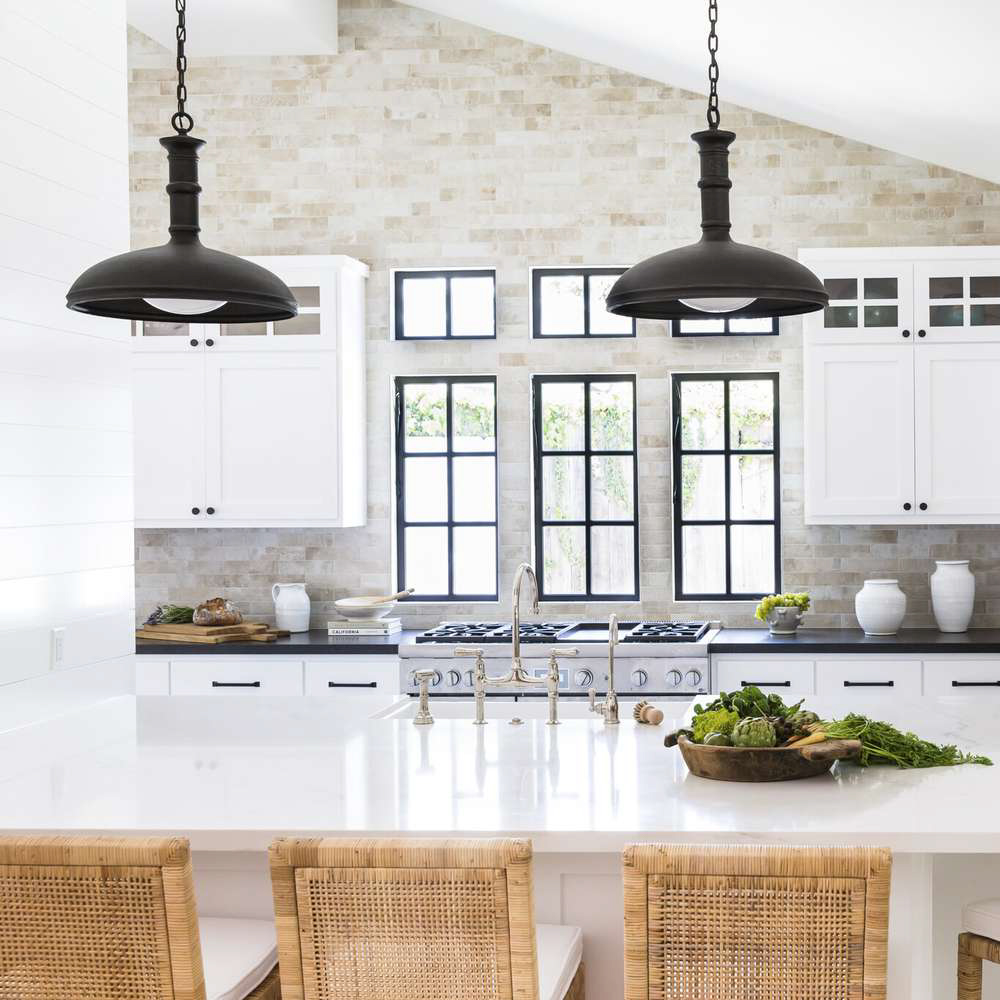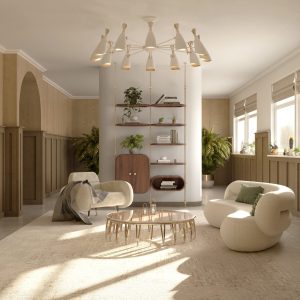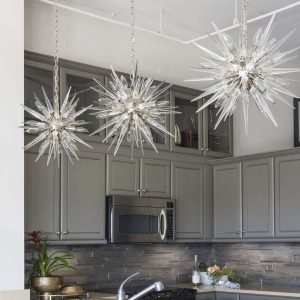
Shining a Light on Masterpieces: Choosing the Best Lighting for Art Display
Art is all about perception, and beyond its innate quality, its display can be crucial to how it is appreciated. Art reflects the artist’s imagination, emotions, and creativity, and to convey that to the viewer, it requires proper attention, care, and a conducive environment. Lighting is one of the most important aspects of setting an appropriate environment for art display. In this article, we will explore the different factors to consider when choosing the best lighting for art display.
Why is lighting essential for art display?
Lighting can elevate or diminish the aesthetic qualities of an artwork. It is crucial to choose the most appropriate lighting to showcase an artwork’s details and colors while maintaining its condition for a long time. Proper lighting can also help set the mood, ambiance, and atmosphere that an artwork requires.
Types of lighting for art display
There are typically three types of lighting to consider when displaying artwork: natural light, ambient light, and artificial light.
Natural light
Natural light is the most sought-after lighting. The quality of light it provides has a unique beauty that cannot be found in any other source. However, natural light can be detrimental to the artwork’s longevity since the UV rays generated from natural light can cause significant damage to artwork, causing it to fade and yellow over time.
Ambient Light
Ambient lighting is the most common option for art display. It provides warm, subtle, and diffused light, which can help create a cozy atmosphere with a soft contrast. Ambient light is suitable if there are no windows or natural light sources, and it isn’t so bright that it distracts from the artwork.
Artificial Light
Artificial lighting employs a range of quality lighting sources to display art, including fluorescent, incandescent, or LED light. These options are suitable for museums, galleries, or homes that require a versatile setting to display different types of artwork.
Factors to consider when selecting the best lighting for art display
To choose the best lighting for art display, whether natural, ambient, or artificial light, the following factors should be considered:
Color temperature
The color temperature of the light source is essential when choosing lighting for art display. The accurate color temperature of light can bring out the artwork’s colors and its subtle nuances. Light that is too warm or too cool can diminish the artwork’s appearance to a great extent.
Intensity and direction
The intensity and direction of the light can change the entire perception of the artwork. Too much light can create a glare, while too little can make the artwork underexposed. The direction of the light source should be at an angle of 30-45 degrees to the artwork, which would help eliminate glare and enhance surface detail.
UV filter
UV lighting can cause immense damage to an artwork, causing them to fade or yellow over time. It is crucial to use light sources that contain a UV filter to prevent such damage.
Placement of light
Placement of light is crucial when showcasing different types of artwork. For example, sculptures might require lighting from a low level, angled upwards, while paintings need lighting from above or side-lit to avoid any shadows.
In summary, lighting plays a vital role in emphasizing the artwork’s aesthetics and mood. Proper knowledge and understanding of the different types of lighting and factors to consider can help in choosing the most appropriate lighting for art display. It is essential to take time and consideration when choosing the lighting, as it can significantly impact the perception and appreciation of the artwork, whether in a gallery, museum, or home setting.


